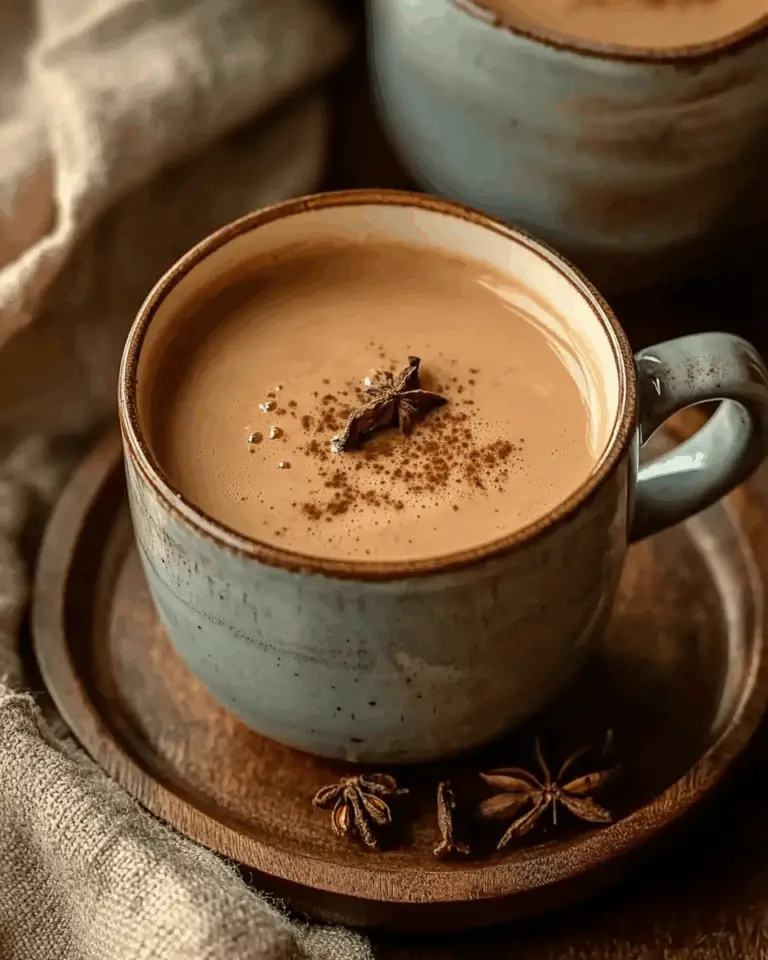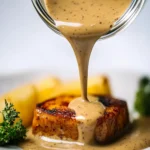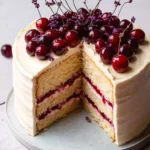Why Masala Chai Is So Special
At its core, masala chai is about balance—balancing the robustness of the tea with the creaminess of the milk, the warmth of the spices with the sweetness of the sugar, and the strength of the caffeine with the calm of comfort. This harmony of contrasts is what makes the drink so appealing. It’s strong enough to wake you up in the morning, yet comforting enough to wind you down at night. It’s bold, yet subtle. Spiced, yet smooth.
Drinking masala chai isn’t just about the taste. It’s about the aroma that fills the kitchen as the spices simmer, the ritual of preparation, and the sense of pause it brings to the day. Whether brewed in a bustling Indian street stall or a quiet home kitchen, the process is the same—slow, intentional, and rooted in tradition.
The Essential Components and Their Roles
While masala chai recipes vary widely, certain elements remain consistent. The tea itself is typically a strong, full-bodied black tea such as Assam. This provides a bold base that can stand up to the richness of milk and the strength of the spices.
Milk adds body and creaminess, mellowing the strong tea and making the drink more satisfying. Whole milk is traditional, but plant-based alternatives like almond, oat, or cashew milk work wonderfully and can add their own subtle flavor notes.
Then come the spices—the heart and soul of masala chai. Cardamom is floral and fragrant, ginger is warming and sharp, cloves add depth, cinnamon brings sweetness, and black pepper adds a hint of heat. Optional ingredients like fennel seeds or star anise can enhance the flavor even further, lending a licorice-like or herbal note that adds complexity.
Sweetener is the final touch. Traditionally, brown sugar or jaggery is used, but honey, maple syrup, or any preferred sweetener will do. The sweetness helps round out the spices and unify the flavors.
A Drink for Every Season and Every Occasion
One of masala chai’s greatest strengths is its versatility. In winter, it’s the perfect warm-up—soothing, spicy, and hearty. In summer, it can be cooled and poured over ice for a refreshing twist. Served plain, it’s comforting and simple. Dressed up with a dusting of cinnamon or a splash of vanilla, it becomes café-worthy. It’s a drink that suits every mood and moment, whether you’re curled up with a book or hosting friends for a weekend brunch.
Chai is also deeply social. In India, offering a guest a cup of chai is a customary gesture of hospitality. Friends and family often gather around for long chats over steaming cups of tea, making it a tool for connection and conversation as much as it is a drink.
Beyond casual enjoyment, masala chai also plays a role in spiritual and religious gatherings, Ayurvedic rituals, and celebratory events. Its ingredients, particularly ginger and cardamom, are considered beneficial for digestion and overall wellness, making it a holistic choice as well.
Health Benefits and Nutritional Value
While masala chai is first and foremost a treat for the senses, it also comes with an impressive list of potential health benefits. Ginger is known for its anti-inflammatory properties and ability to aid digestion. Cardamom is often used in Ayurvedic medicine for its detoxifying effects and calming aroma. Cloves are high in antioxidants, and cinnamon may help regulate blood sugar levels. When consumed in moderation and made with minimal added sugar, masala chai is not just delicious—it’s nourishing too.
The tea itself provides a moderate dose of caffeine, enough to boost energy and mental alertness without the jitters associated with stronger drinks like coffee. Combined with the soothing effect of warm milk and spices, masala chai can provide both stimulation and relaxation in one cup.
Making It Your Own
One of the beauties of masala chai is that it’s infinitely customizable. You can adjust the ratio of milk to water for a lighter or richer brew. You can increase the amount of ginger for more heat, or add extra cinnamon for sweetness. The tea can be made vegan, less caffeinated, more aromatic, or spicier—just by altering the ingredients slightly.
Some chai lovers even make their own “chai spice blend” in advance, grinding cardamom, cloves, cinnamon, and other spices into a powder that can be spooned directly into boiling tea and milk. This is a great time-saving method for busy mornings.
Others prefer the slow-brew method, letting the tea and spices simmer for an hour or more to extract every last drop of flavor. This results in a more robust and complex chai, perfect for quiet mornings or serving alongside snacks like samosas, biscuits, or parathas.
Serving Suggestions and Pairings
Authentic masala chai is best enjoyed hot, served in small cups or glasses that concentrate the aroma and allow the drinker to savor each sip. It pairs beautifully with a variety of Indian snacks—savory ones like pakoras, vadas, or bhujia, as well as sweets like jalebi, ladoo, or biscuits.
You can also pair it with western pastries like scones, banana bread, or cookies. The spices complement baked goods surprisingly well, making it an excellent companion to brunch spreads and afternoon tea trays.
For a richer experience, serve masala chai in ceramic mugs or traditional clay kulhads, which add a rustic touch and retain heat. Garnish with a cinnamon stick or a few strands of saffron for a visual upgrade and an added layer of flavor.
Conclusion
Authentic Masala Chai is more than just a spiced tea—it’s a deeply cultural, sensory-rich experience that brings warmth, comfort, and connection into every cup. With its perfect blend of robust black tea, creamy milk, sweetener, and aromatic spices, it delivers a complex flavor that’s both invigorating and soothing. Whether you’re new to chai or a seasoned enthusiast, making it from scratch offers a satisfying ritual and a truly personalized beverage.
From its humble origins in Indian kitchens and street stalls to its growing global popularity, masala chai continues to captivate with its comforting warmth and rich traditions. It’s a drink that invites you to slow down, savor the moment, and share it with others—one steaming, spiced cup at a time.






